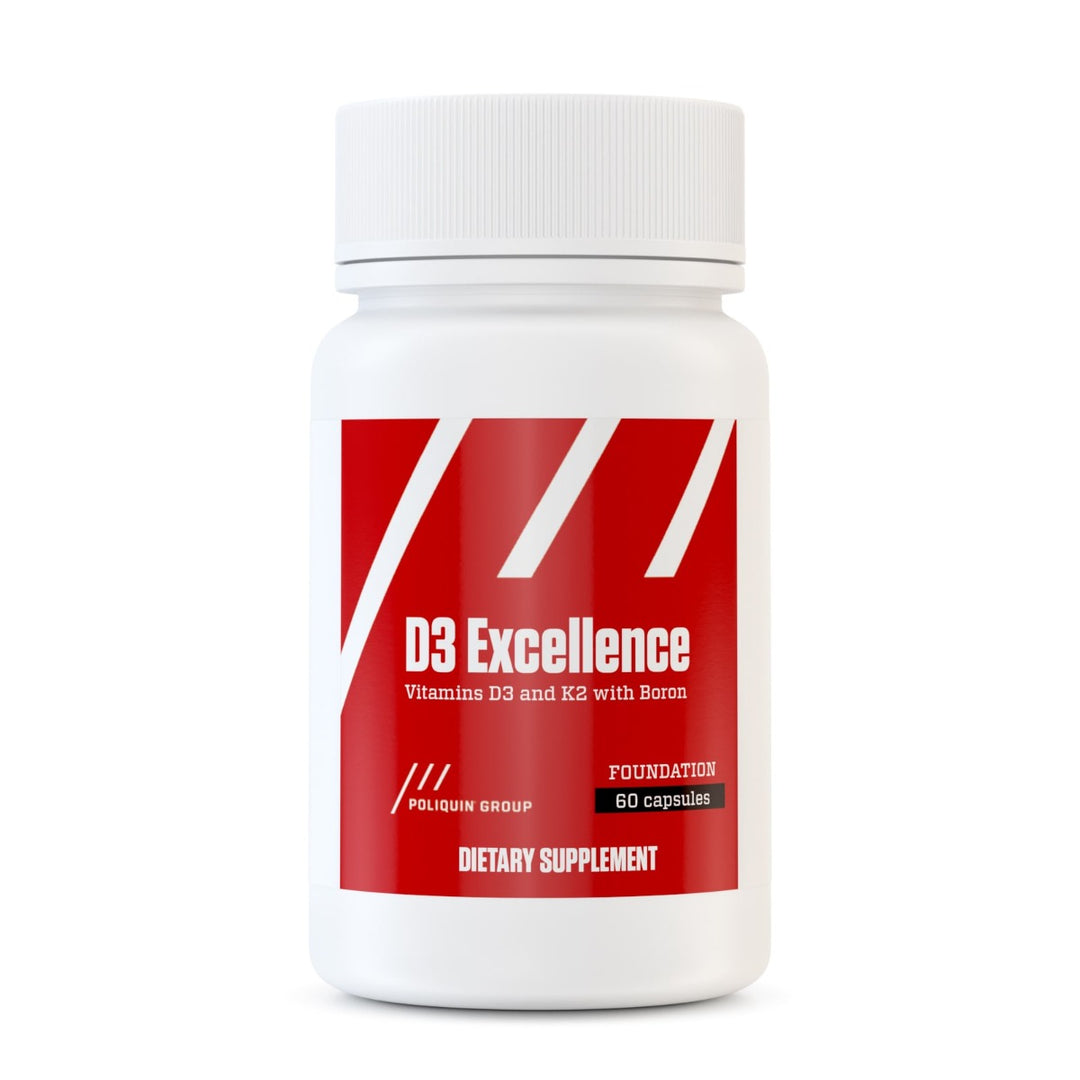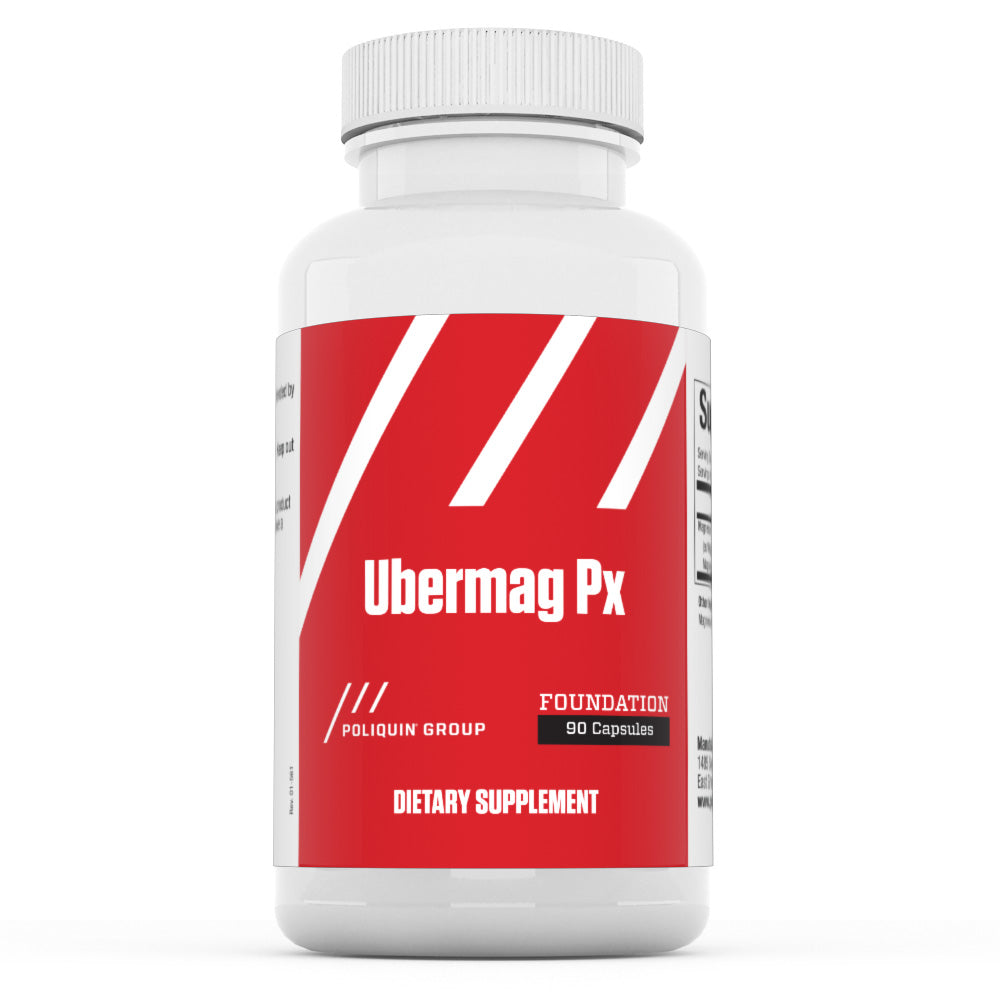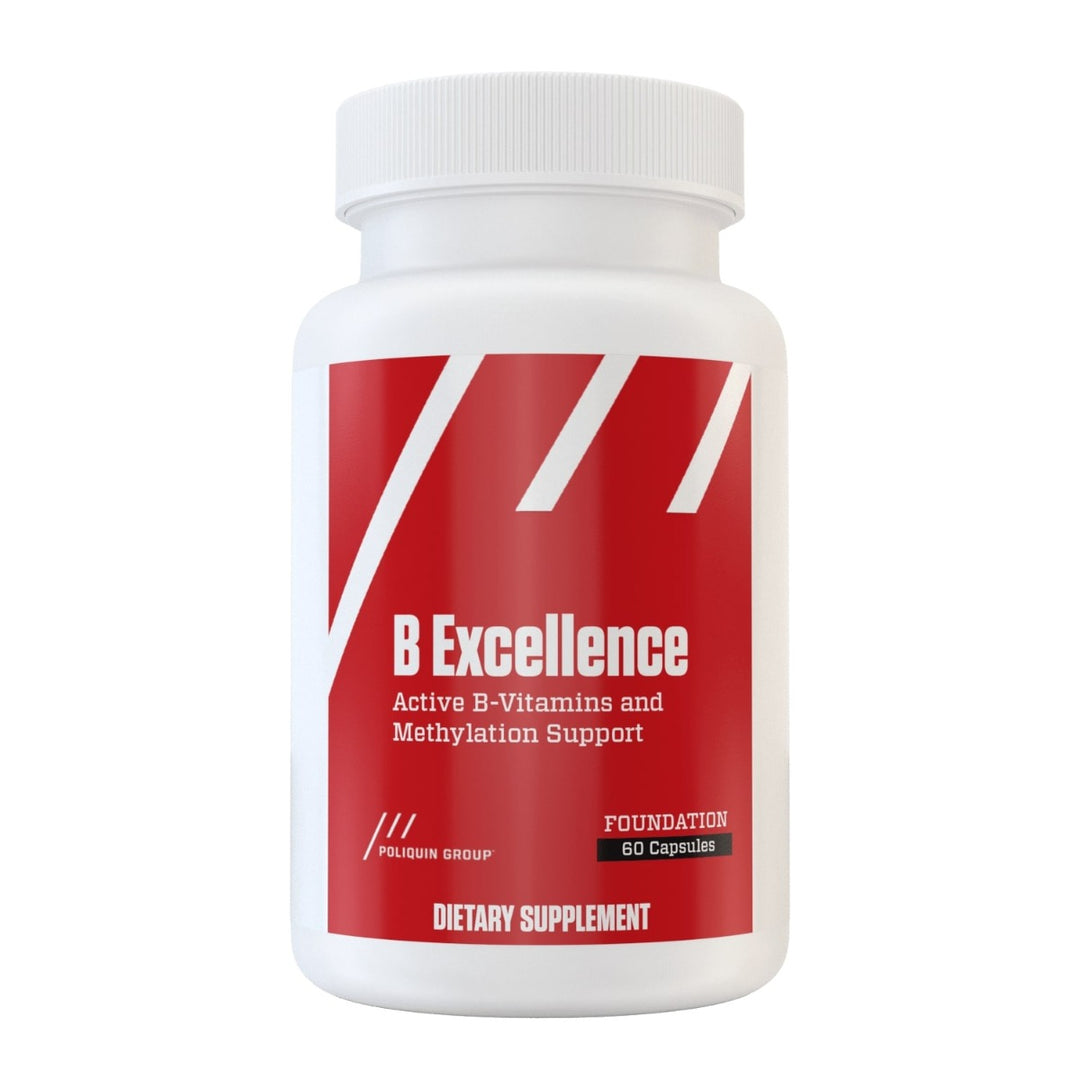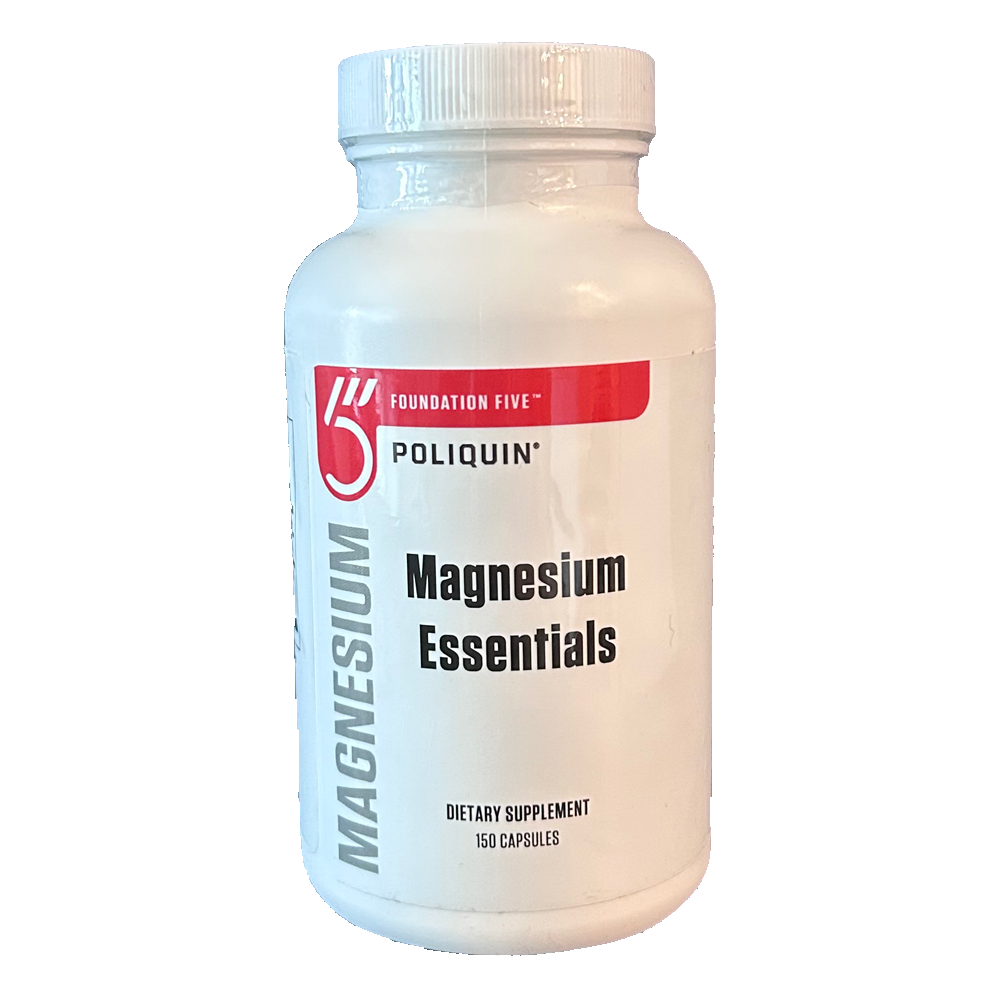Top Eight Lifestyle Tips to Lose Fat & Achieve Optimal Body Composition
Lose fat fast with a “lifestyle” change that helps you maintain body composition results for the long run. This article will provide eight tips for changing your lifestyle so that you get lean and feel good…and are still lean and energized next summer when it’s time to hit the beach!
Tip #1: Build Muscle to Increase Your Resting Metabolic Rate
Your best defense against fat is to increase your resting metabolic rate (RMR) by building muscle. Your RMR makes up the bulk of the calories your burn every day. The magic of a workout program that builds muscle is not only that it elevates your RMR by increasing the amount of muscle you have, but it also increases the amount of calories you use during the 24-hour recovery period post-workout.
One study that provides an example of muscle building and RMR on fat is compared two 12-week weight training protocols done by women. One protocol used weights that were heavy enough to build muscle and the second used light weights and were intended to build endurance. The women that lifted the heavier weights lost nearly 12 lbs of body fat, gained about 6 lbs of muscle, and had dramatic increases in strength. The women who did the high rep/light weight program lost NO fat and gained NO muscle. They didn’t get stronger either!
Tip #2: Weight Train with Full-Range of Motion, Multi-Joint Exercises
Choose weight training exercises that use more than one joint to burn the most calories and lose fat. These are called multi-joint lifts, such as the squat that uses the hip, knee, and ankle joints, or the chest press and row that both use the elbow and shoulder joints. Multi-joint exercises use more muscles than single-joint ones like bicep or leg curls, which means they burn more energy. Similarly, full-range of motion lifts will use up more calories to perform than partial-range exercises.
For instance, a study that compared a full-squat (in which you go all the way down so that your hip joint is lower than your knee) to a partial-squat (in which you go about two-thirds of the way to the point that your upper leg is parallel to the ground) found that the full-squat burned more calories. Another smart reason to do full-range exercises is that restricting the motion of a joint can lead to tightness in that joint and imbalances in your muscles, causing pain and increasing injury risk.
Tip #3: Use Moderate to Heavy Weights with Fewer Repetitions
Lifting heavy but doing fewer reps with more sets is a key component for fat loss. Studies show that both experienced and beginning weight trainees rarely select weights that are heavy enough to help them lose fat and gain muscle when working out. For example, in one study of young athletic women, researchers found that the women chose to lift a load that was about 50 percent lower than the weight that they should be lifting if they wanted to improve body composition. Remember that example in the first tip that saw women who lifted light weights burned no fat?
The good news is that when you lift a little heavier, you get to do fewer repetitions per set, which will make your training much less boring. Wouldn’t you rather do sets with 7 or 8 reps than count to 15 or 20 every time?!
Tip #4: Weight Train with Short Rest, Fewer Reps & More Sets
Using short rest periods is essential because it will burn a massive amount of energy quickly and increase fat burning hormones. Growth hormone (GH) is known to burn fat and build muscle, and it is released by the body in greater quantities in response to physical stress.
Circuit training is ideal because it is fun, fast, and intense. It burns more calories too: One study found that circuit training resulted in participants burning 15 percent more energy than a traditional training program that used 3-mintes rest periods. The circuit program had participants move as fast as possible between 3 exercises and do 5 sets of 6 reps per lift. Note the effectiveness of lifting heavy, with fewer reps, and more sets—this study didn’t measure fat loss but it’s the type of program known for producing fast body composition results.
Tip #5: Do Sprint Interval Training for Cardio
Sprint interval training is far superior to aerobic-style cardio for fat loss and it can be done in less time than your typical boring aerobic program. A 1994 study had participants do either 20 weeks of aerobic training or 15 weeks of intervals (15 sprints for 30 seconds each) and the interval group lost 9 times more body fat than the aerobic group.
What is so interesting about this study is that the energy cost of the aerobic program over the whole study period was 28,661 calories, whereas for intervals it was less than half, at 13,614 calories. In significantly less time, the interval group lost much more weight due to the hormone response to training and that excess calorie burn during the recovery period mentioned in #1!
Tip #6: Eliminate Processed Foods
It’s impossible to out-train a bad diet and processed foods are the epitome of bad food. They lack nutrition, generally contain chemicals, dyes, and artificial additives, and the macronutrients have been modified or are denatured, which means they aren’t metabolized in the same way as if they were in the unprocessed state.
In fact, processed foods take much less energy to digest, meaning that by eating whole foods instead, you increase energy expenditure. Eliminate anything that comes in a package and choose whole foods in their most natural state.
Tip #7: Eat a High-Quality High-Protein Diet
Eating high-quality organic protein is essential when it comes to fat loss because you want to get the greatest amino acid intake per calorie since the amino acids are the building blocks of tissue and muscle. A classic example of how a high-protein diet is the cornerstone of a lean body composition lifestyle is a study that helped participants develop better dietary habits for fat loss. They were taught how to eat either a high-protein, low-fat, or Mediterranean diet.
The high-protein group lost more weight and maintained the weight loss for the next two years after the study ended, whereas the other diet groups did not. Greater protein intake allowed for less feelings of hunger and fewer cravings for high-carb foods that provide a lot of calories per gram.
Tip #8: Hydrate for Fat Loss: Avoid Sports Drinks, Alcohol & Coffee Post-Workout
Completely eliminate juice, soda, alcohol (the one exception may be red wine), and any “sports” drinks. Green tea and coffee are great beverages for fat loss because they increase metabolic rate and shift the body into fat burning mode. But, be sure to only use coffee pre-workout because it has been shown to elevate the stress hormone cortisol after exercise, which can delay recovery and compromise fat loss post-workout.
Hydration is essential for fat loss and a general suggestion for water intake is 0.6 to 0.7 oz. per pound of body weight, which calculates to 120 to 140 oz. for a 200 lb man, or 72 to 84 oz. for a 120 lb woman. If you are not even close to your water intake goal, start by increasing intake by 4 to 8 oz. a day until you reach your goal.











